Fabrication represents the transformative process of converting raw materials into finished products through various cutting, shaping, and assembling techniques. This manufacturing discipline encompasses a vast array of methods that manipulate metals, plastics, composites, and other materials into functional structures and components. At its core, fabrication involves taking basic stock materials – sheets of metal, lengths of structural steel, plastic polymers, or other industrial materials – and systematically altering their form to serve specific purposes. The process begins with material selection, where engineers choose appropriate substances based on mechanical properties, environmental resistance, and intended application requirements. Modern fabrication shops utilize advanced computer-aided design (CAD) systems to create precise digital blueprints that guide every subsequent operation, ensuring components meet exact specifications before physical work commences.
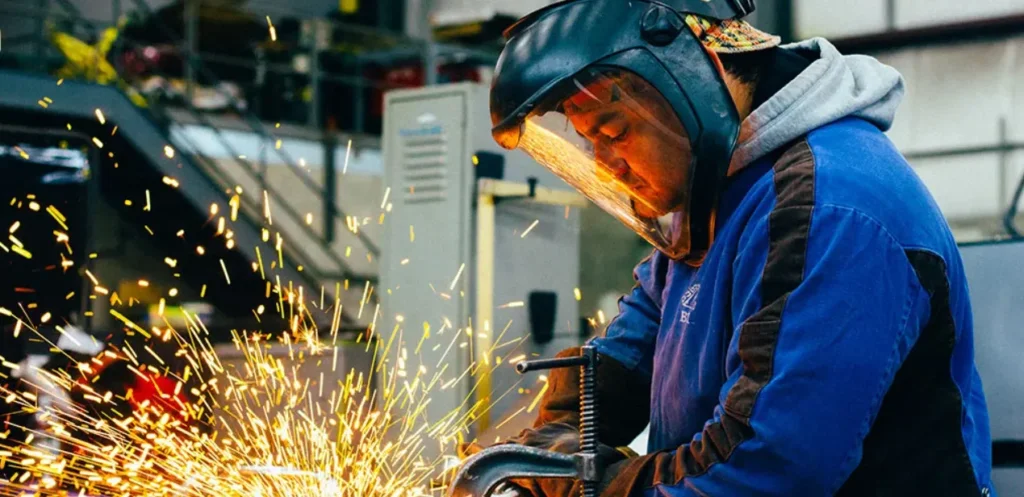
Cutting operations form the foundation of most fabrication processes, employing various technologies to divide materials into required shapes and sizes. Traditional methods like sawing and shearing coexist with advanced techniques such as laser cutting, which delivers exceptional precision with tolerances within ±0.1mm through concentrated light beams that vaporize material along programmed paths. Waterjet cutting offers an alternative for heat-sensitive materials, using ultra-high-pressure water streams mixed with abrasive particles to slice through thick metal plates without altering material properties through heat exposure. Plasma cutting remains popular for heavy industrial applications, with torches reaching 30,000°F to melt through conductive metals quickly. Each cutting method presents unique advantages in speed, precision, material compatibility, and edge quality, with fabricators selecting the optimal approach based on project requirements and economic considerations.
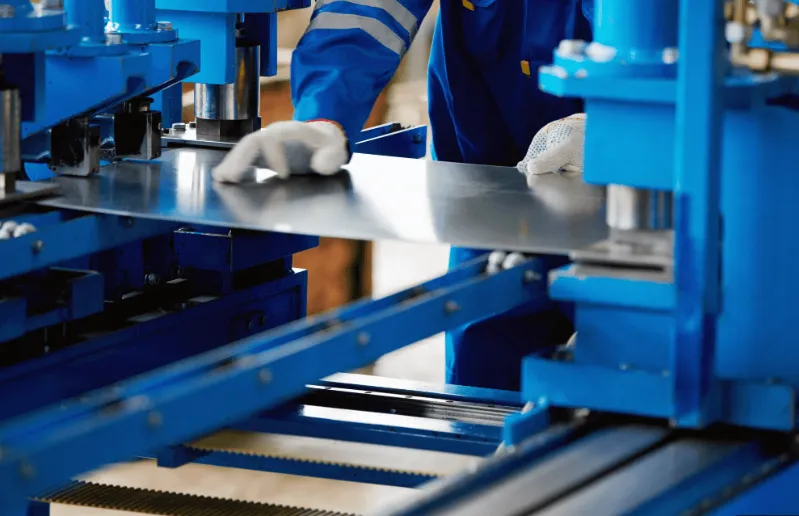
Forming processes follow cutting operations, reshaping materials into three-dimensional configurations through controlled deformation. Press brakes apply tremendous force – sometimes exceeding 2,000 tons – to bend sheet metal along precise lines, with modern CNC-controlled models achieving angular accuracies within 0.5 degrees. Rolling machines gradually curve metal plates and sheets into cylindrical or conical forms for tanks, pipes, and structural components. Stamping operations use hardened dies to punch specific shapes from sheet stock in high-volume production environments, while hydroforming employs pressurized fluid to mold metal tubes into complex contours with uniform wall thickness. These forming techniques enable the creation of everything from simple brackets to aerodynamic automotive components, each requiring careful calculation of springback and material stretch to achieve final dimensions.
Joining technologies unite fabricated components into complete assemblies through both temporary and permanent methods. Welding stands as the most prevalent metal joining process, with variations like MIG, TIG, and stick welding offering different balances of speed, strength, and precision. Robotic welding cells have revolutionized high-volume fabrication, performing consistent, high-quality welds with minimal human intervention. Mechanical fastening remains essential for assemblies requiring disassembly or adjustment, with specialized rivets, bolts, and clips designed for specific load-bearing requirements. Adhesive bonding has gained prominence in lightweight fabrication, particularly for mixed-material assemblies where traditional welding proves impossible. Each joining method introduces distinct considerations regarding structural integrity, corrosion resistance, and aesthetic appearance that fabricators must address during the design phase.
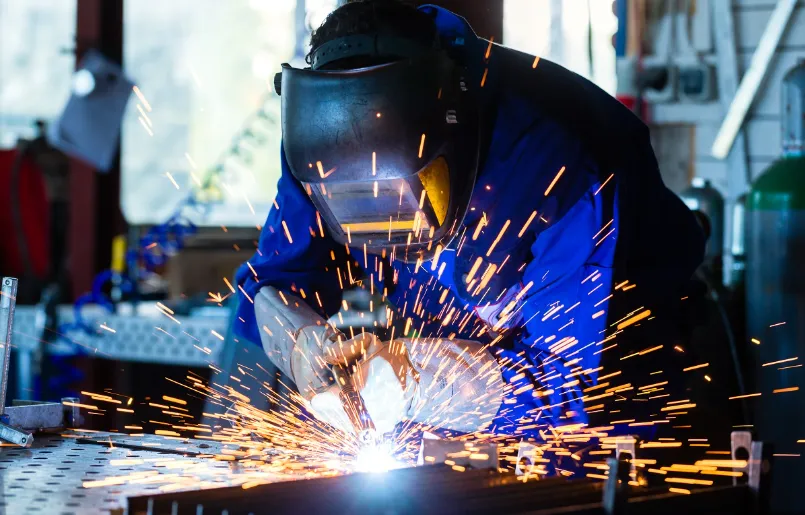
Surface treatment and finishing operations complete the fabrication process, enhancing both functionality and appearance of manufactured components. Abrasive blasting prepares surfaces for further treatment by removing scale, rust, and contaminants while creating optimal profiles for coating adhesion. Industrial painting systems apply protective and decorative finishes ranging from simple primer coats to multi-layer automotive-quality finishes using electrostatic spray technology. Powder coating offers exceptional durability through a dry finishing process where charged particles adhere to grounded parts before heat curing creates a uniform protective layer. Plating processes deposit thin metal coatings for enhanced corrosion resistance or electrical conductivity, while anodizing creates hard, porous oxide layers on aluminum that can absorb colored dyes. These finishing processes not only improve product longevity but also fulfill critical safety, identification, and branding requirements.
The fabrication industry continues evolving through technological integration and process innovation. Computer numerical control (CNC) has transformed traditional fabrication equipment into precision instruments capable of producing complex geometries with repeatable accuracy. Additive manufacturing methods now complement subtractive fabrication processes, particularly for prototyping and low-volume production of intricate components. Advanced sensors and machine vision systems provide real-time quality control, detecting defects that might compromise product performance. The Internet of Things (IoT) enables predictive maintenance on fabrication equipment, reducing downtime by addressing potential issues before they cause failures. These technological advancements coexist with skilled craftsmanship, as experienced fabricators apply their knowledge of material behavior and process nuances to achieve results that machines alone cannot replicate.
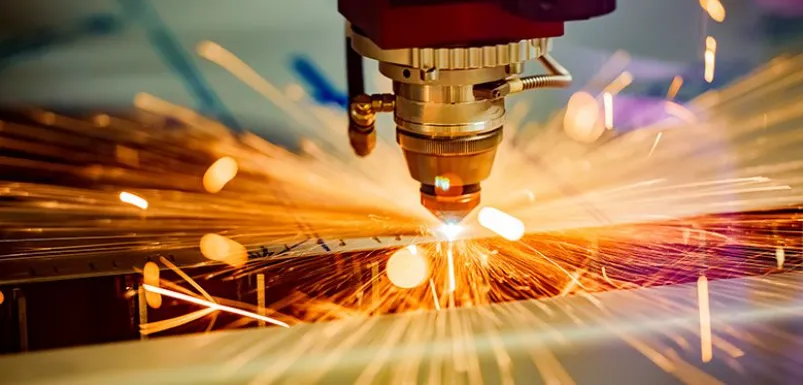
Fabrication serves as the backbone of countless industries, from aerospace and automotive to construction and consumer products. Architectural metal fabrication creates the gleaming facades of modern skyscrapers and the intricate railings that adorn them. Industrial fabricators produce the heavy equipment that mines resources, generates power, and manufactures goods. Precision fabricators craft the delicate components inside medical devices and electronic equipment that demand microscopic tolerances. The field encompasses both mass production of standardized items and custom fabrication of one-of-a-kind solutions for specialized applications. This diversity of application demonstrates fabrication’s fundamental role in building the physical world, transforming raw materials into the structures and machines that define modern civilization.
Material science innovations continuously expand fabrication possibilities, with advanced alloys, engineered plastics, and composite materials offering new combinations of strength, weight, and environmental resistance. Fabricators must adapt their techniques to work with these evolving materials while maintaining quality and efficiency. Simultaneously, environmental considerations drive development of cleaner processes, waste reduction strategies, and recycling protocols that make fabrication more sustainable. Energy-efficient equipment, reduced-emission coating systems, and optimized material usage patterns all contribute to greener fabrication practices without compromising output quality or production capacity.
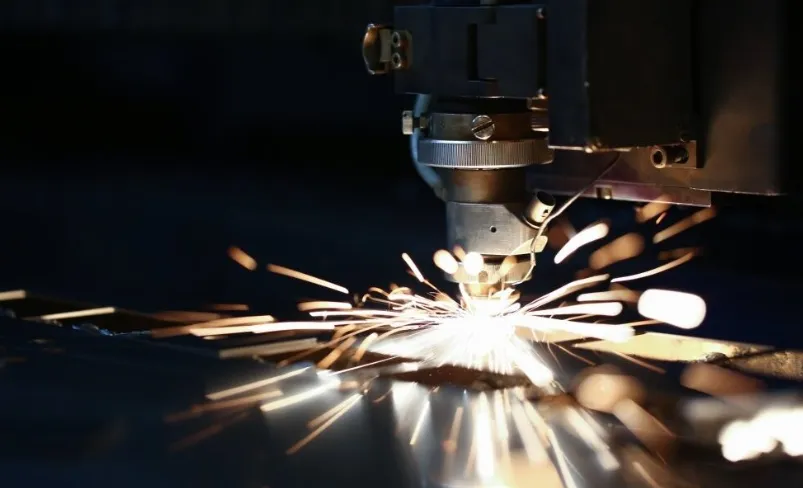
The human element remains irreplaceable in fabrication, despite increasing automation. Skilled fabricators combine technical knowledge with problem-solving abilities to interpret designs, select appropriate processes, and troubleshoot challenges that arise during production. Vocational training programs and apprenticeship systems continue developing new generations of fabricators who understand both traditional techniques and modern technologies. This blend of craftsmanship and technological literacy ensures fabrication maintains its vital role in manufacturing while adapting to future challenges and opportunities. The field’s ongoing evolution demonstrates how ancient metalworking traditions have grown into a sophisticated engineering discipline that shapes our material world in increasingly precise and innovative ways.




